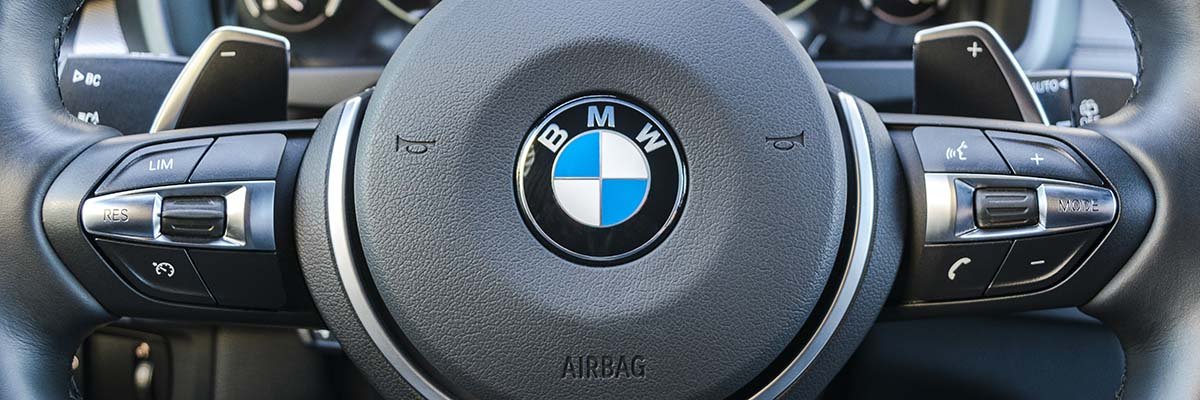Over the past few years, cars have evolved into a true computing space, and the automotive industry is undergoing a foundational shift towards software-defined vehicles (SDVs). As vehicle functionality, user experience and monetisation opportunities are governed increasingly by software, research from IDTechEx calculates that this new segment for the software industry will generate $755bn by 2029.
Fundamentally, Software-defined vehicles, connected cars and AI in cars 2026–2036: Markets, trends and forecasts highlights how central compute and zonal platforms will redefine automotive competition. From a technological basis, the report says vehicles are moving beyond legacy electronic control unit (ECU)-based architectures interconnected by controller area networks and local interconnect networks, towards centralised computing models built around high-performance compute (HPC) nodes.
IDTechEx says this transition is being propelled by bandwidth-intensive applications such as advanced driver assistance systems, immersive infotainment and artificial intelligence (AI)-enabled cabins. It adds that traditional CAN-flexible data-rate networks capped at 8 Mbps are now inadequate, accelerating the adoption of 100 Mbps to gigabit automotive Ethernet with time-sensitive networking. Simultaneously, it says automakers are recognising significant economic and sustainability benefits such as new zonal wiring architectures that can reduce cable length by at least 30% and save kilograms of copper per vehicle.
The analyst stresses that the key benefits of the zonal approach extend beyond bandwidth and weight. Abstracting physical input/output into logical services simplifies over-the-air feature updates across sensors and actuators, while integrated solid-state power distribution supports 48 V architectures, eliminating heavy fuses and mechanical relays. Zonal controllers also streamline cyber security management, diagnostics and future hardware expansions, consolidating multiple legacy gateways into fewer high-speed network trunks.
The report also highlights how key acceleration of SDV development and the driving engine of the transformation was coming from both automotive original equipment manufacturers (OEMs) and the tech giants, noting that emerging central compute and zonal topologies could be exemplified by BMW’s upcoming Neue Klasse, Tesla’s refreshed Model Y and Rivian’s next-gen vehicles.
In particular, it highlighted how BMW was positioning its Neue Klasse platform at the forefront, collaborating with Qualcomm to integrate centralised compute nodes capable of supporting advanced driver assistance, rich infotainment and dynamic feature monetisation.
Similarly, Tesla’s refreshed Model Y and Rivian’s forthcoming models are based on integrated central compute architectures, enhancing efficiency, performance and scalability. It adds that leading Chinese OEMs, including BYD, NIO and Li Auto, are also rapidly deploying their own SDV services, emphasising central computing and extensive over-the-air capabilities.
Other key trends that emerged in the study were that monetisation was shifting to features-as-a-service and OTA monetisation – enabling automakers to explore innovative revenue streams, and that connectivity remained integral to SDV development.
Automotive leaders including BMW, Mercedes-Benz and Ford were seen to be already embedding monetisable functions such as advanced ADAS, infotainment subscriptions, and even seat heating into their SDV platforms, unlocking recurring revenues and enhancing customer retention. IDTechEx forecasts feature-based monetisation revenues to experience substantial growth, achieving a 30–34% CAGR through 2035.
Connectivity was cited as being the linchpin for connected cars, AI-enhanced cabins and future mobility with vehicle-to-everything (V2X) communication technologies like C-V2X and 5G enabling safer and more coordinated mobility ecosystems.
IDTechEx concluded that coupled with generative AI integration from Nvidia and Qualcomm, SDVs can deliver adaptive, personalised user experiences through intelligent in-car assistants, immersive full-width displays and customisable digital environments, setting new benchmarks for brand differentiation and user engagement.
